Discriminatory development aid – a look at Jordan Syria Refugee Response
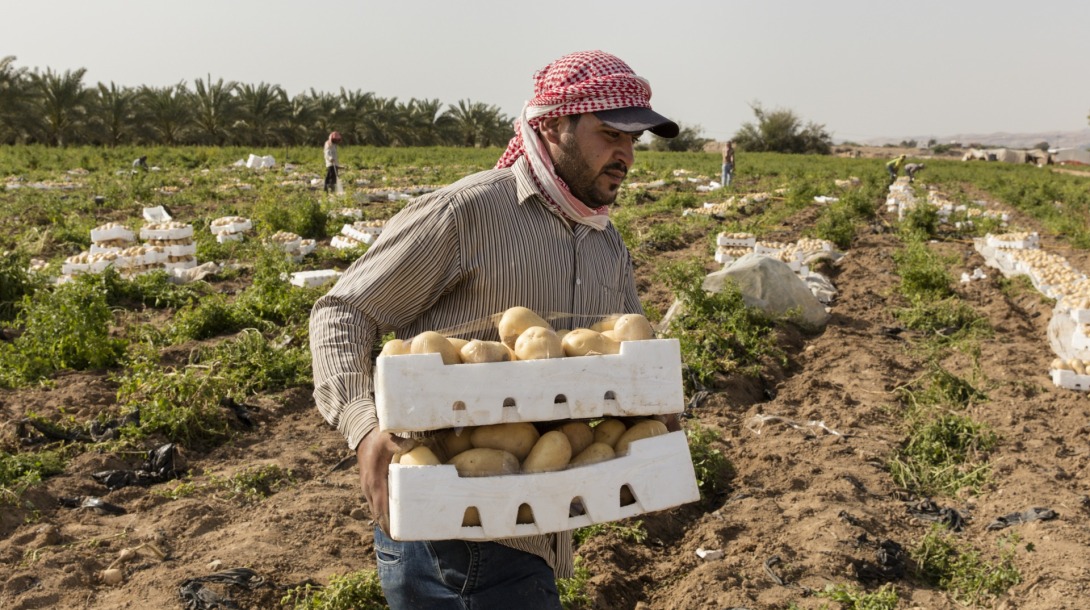
Amid persistent crises within and surrounding the Middle East, the Hashemite Kingdom of Jordan has risen as a leading global host for refugees. Collectively, the nation hosts over 3 million refugees and migrants originating from Syria, Somalia, Sudan, Yemen, and Palestine. Shaddin Almasri explores the differential treatment of migrants based on race and ethnicity within Jordan’s labor sector with a central focus on the Jordan Refugee Response Plan.
Interview
Political Cartoon
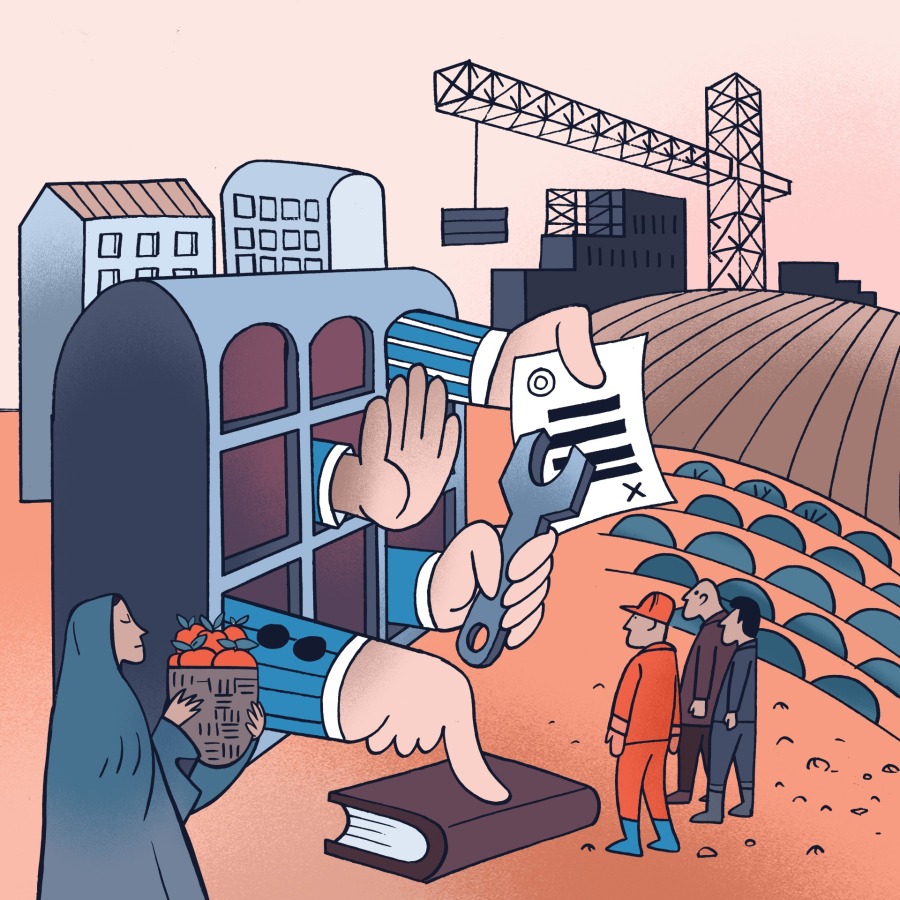
Cartoon Credits: Othman Selmi
The landscape of laws and regulations governing refugee assistance and access to work is convoluted and difficult to navigate. A refugee’s national origin, mode of entry, gender, and prior class status are all factors that can limit or facilitate someone’s access to basic resources and support. The many wars that have driven waves of refugees into Jordan, and the mix of donor agencies with differing priorities, exacerbates this issue.
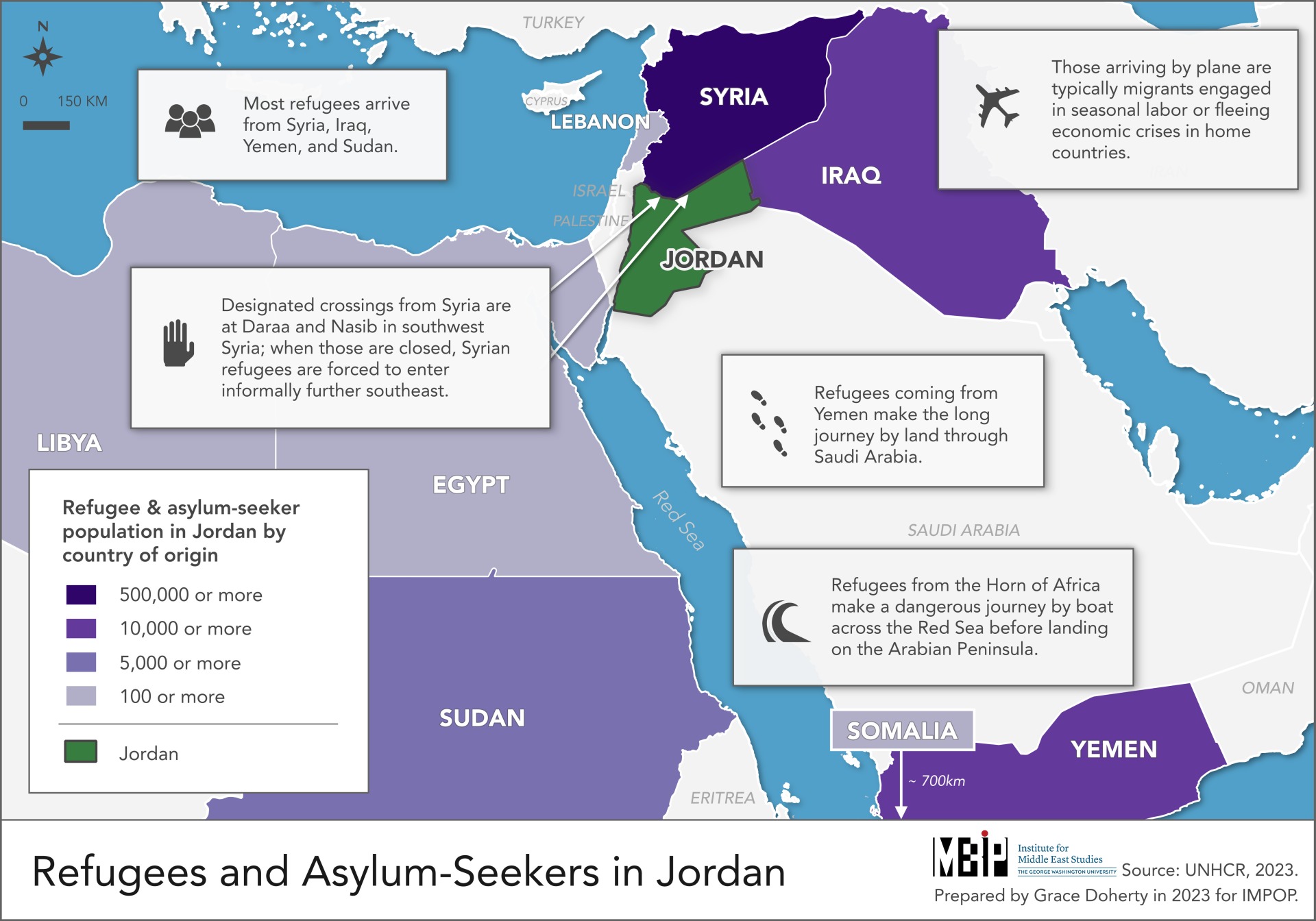

Image Slideshow
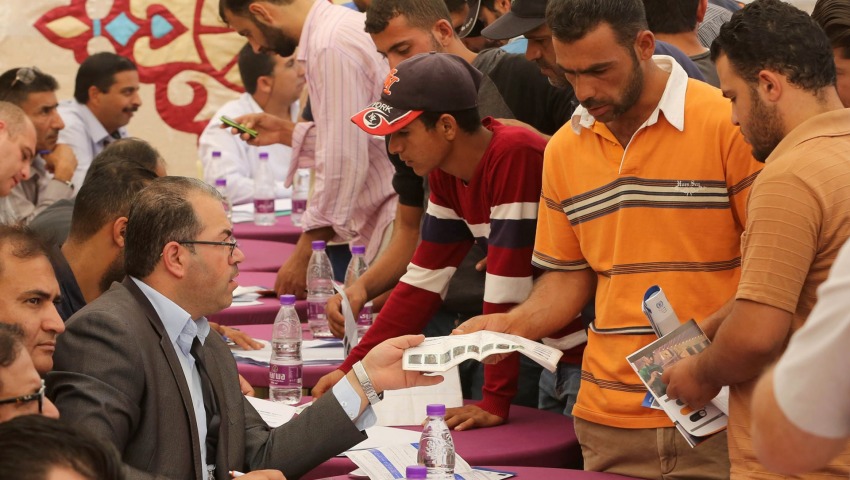

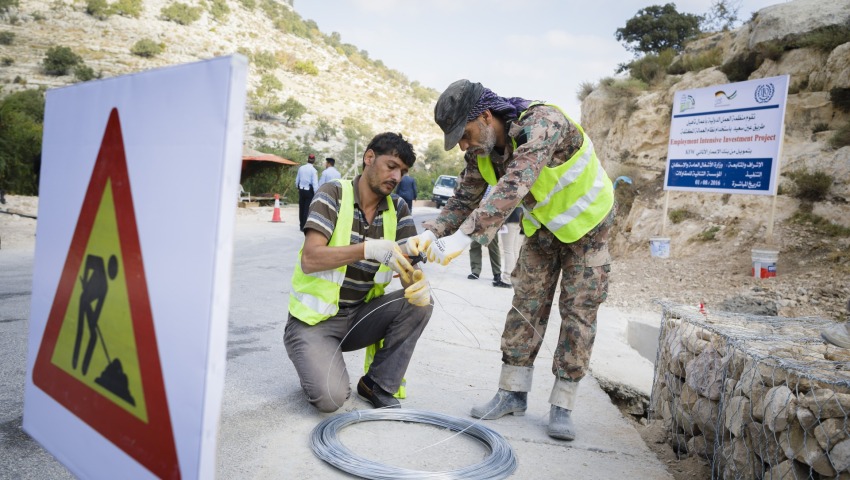
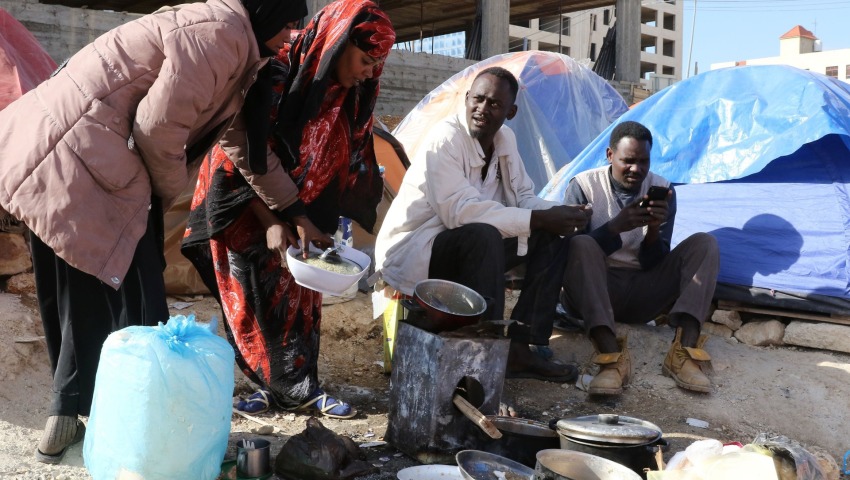
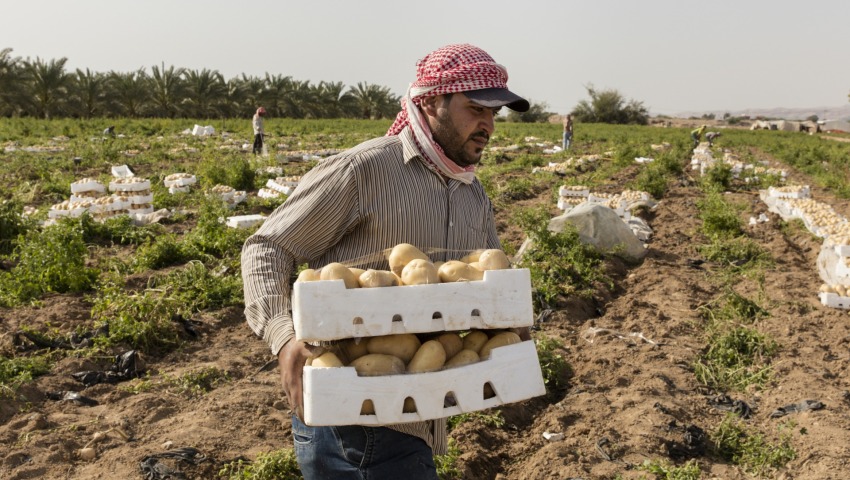
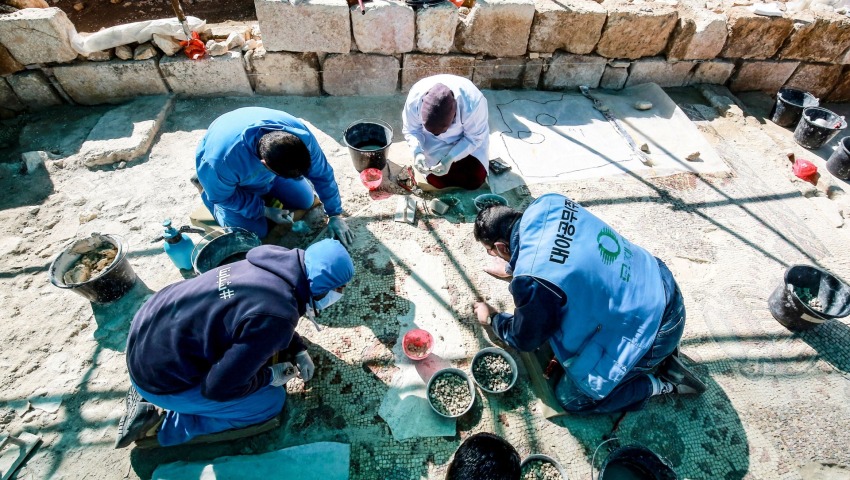
Article
Discriminatory development aid – a look at Jordan Syria Refugee Response by Shaddin Almasri
Fall 2023
In June 2023, eight farm workers died in a traffic collision in Jordan. The workers were Syrian refugees who were being transported from an agricultural work site in Mafraq on the back of an overcrowded truck.
Dangerous commutes are a daily reality for farm workers in Jordan, where the lives of migrant laborers from Syria, Egypt, Sudan and elsewhere intersect with those of poor Jordanians. During these commutes, workers are often packed into pickup trucks in groups of twenty or more and driven along rough back roads to avoid police because the trucks are unlicensed, or only licensed for the transport of crops and other goods.
While the conditions are equally unsafe for all precarious workers regardless of their national origin, programs like the agricultural work site are part of a refugee response that has increasingly focused on national origin and access to labor, pitting Syrian refugees against other refugee and migrant worker populations.
Jordan currently hosts some 2.9 million refugees and asylum seekers, including those registered with UNHCR and UNRWA. International donors and Jordan’s allies, like the United States, have long supported the monarchy’s security interests in exchange for its containment of refugee populations. Around 2015, the European Union entered the scene as a key player. Following the largescale movement of migrants and refugees, especially Syrians, to Europe, EU governments—in an effort to keep migrants away from their own borders—provided increased aid and incentives to Jordan for its cooperation in containment.
Containment was presented as a win-win situation: Jordan, a relatively small country in need of human capital could attract the support of EU governments in exchange for hosting populations and adding them to its workforce.
Notably, however, the policies that emerged from these negotiations with Jordan—embodied by the Jordan Compact, an agreement reached in 2016—focused only on Syrian refugees and their Jordanian hosts. In creating jobs and support for Syrian refugees, they have created distinct classes of refugees whose benefits are based largely on their national origin. Other vulnerable groups in Jordan, including long-standing refugee populations from Palestine and Iraq as well as migrant workers from Egypt, had no place in the newly reconfigured refugee response.
Recommended Resources:
Articles:
- A Precarious Refuge: Yemeni Asylum-Sekers in Jordan: https://sanaacenter.org/publications/main-publications/16557
- Associated Press: UN Agency slashes cash air to Syrian refugees in Jordan raising the alarm on its funding crunch: https://apnews.com/article/jordan-syrian-refugees-aid-un-52f9fde0a559775a995c903c2dca8643
- Black Refugees in Jordan: Discrimination, Racial Abuse and Neglect: https://achrs.org/english/wp-content/uploads/2020/10/Black-Refugees-in-Jordan.pdf
- Carnegie Endowment for International Peace – Refguee Crises in the Arab World: https://carnegieendowment.org/2018/10/18/refugee-crises-in-arab-world-pub-77522
- Combatting Discrimination Against Migrants: The Story of a Refugee https://www.unitedway.org/blog/combatting-discrimination-against-migrants-the-story-of-a-refugee
- Egyptian Day Laborers in Jordan. Anything to Make a Living: https://orientxxi.info/magazine/egyptian-day-laborers-in-jordan-anything-to-make-a-living,3068
- Egyptian Workers in Jordan Hopeful Despite Syrian Influx: https://www.thecairoreview.com/midan/egyptian-workers-hopeful-despite-syrian-influx/
- How job opportunities for Syrian refugees could drive economic growth in Jordan and Lebanon: https://www.weforum.org/agenda/2020/06/syrian-refugees-jordan-lebanon-employment/
- ILO Response to Syrian Refguee Crisis in Jordan: https://www.ilo.org/beirut/areasofwork/employment-policy/syrian-refugee-crisis/jordan/lang–en/index.htm
- International Rescue Committee: Evidence Based Policy Review: The Jordan Compact https://www.rescue.org/sites/default/files/document/1642/jordancompactevidencebasedpolicyreview-april2017final.pdf
- International Rescue Committee – Overview of Right to Work for Refugees Syrian Crisis Response: Lebanon & Jordan: https://www.rescue.org/sites/default/files/document/987/policybrief2righttoworkforrefugees-syriacrisisresponsejanuary25.pdf
- International Rescue Committee: Solving the Refugee Employment Problem in Jordan: A Survey of Syria Refugees: https://www.rescue.org/sites/default/files/document/1405/irc-syrianrefugeeemployment-72dpi-041117.pdf
- International Refugee Rights Initiative: Protection of Vulnerability: Africa Refugees in Jordan: http://refugee-rights.org/rights-in-exile-newsletter/articles/production-of-vulnerability-african-refugees-in-jordan/
- Jordan: How the EU is Using Trade Deals to Curb Migration https://www.diis.dk/en/node/25402
- Measuring the Impact of Refugee Labor Inclusion on the Host State Economy: https://europe.mercycorps.org/en-gb/research-resources/refugee-labor-inclusion-economy
- Middle East Eye-Sudanese refugees in Jordan pitch tent city to protest against ‘discrimination’: https://www.middleeasteye.net/news/sudanese-refugees-jordan-pitch-tent-city-protest-against-discrimination
- MERIP: Sudanese and Somali Refugees in Jordan-Hierarchies of Aid and Protracted Displacement Crises: https://merip.org/2016/09/sudanese-and-somali-refugees-in-jordan/
- Ohio State University: The Question of Refugees: https://origins.osu.edu/article/question-refugees-past-and-present?language_content_entity=en
- Our World-The United Nations University Refugees, Racism, and Xenophobia: What Works to Reduce Discrimination https://ourworld.unu.edu/en/refugees-racism-and-xenophobia-what-works-to-reduce-discrimination
- Non-Syrian Refugees Refused Assistance In Jordan: https://www.opendemocracy.net/en/beyond-trafficking-and-slavery/non-syrian-refugees-refused-humanitarian-aid-in-jordan/
- Refugee discrimination- The Good, the Bad, the Pragmatic: https://onlinelibrary.wiley.com/doi/full/10.1111/japp.12448
- Solving the Refugee Problem in Jordan: A Survey of Syria Refugees: https://www.rescue.org/sites/default/files/document/1527/irc-syrianrefugeeemployment-72dpi-041117.pdf
- Sudanses and Somali Refguees in Jordan Hierarchies of Aid in Protracted Displacement Crises: http://elevatedestinations.com/wp-content/uploads/2020/01/Davis-et-al-279-MERIP-Sudanese-Somali-Refugees-Jordan-1.pdf
- Sudanese Refugees Struggle Against Racism Everyday: https://reliefweb.int/report/jordan/sudanese-refugees-struggle-against-racism-everyday
- Syrian Refugees in Jordan: A decade and counting https://www.brookings.edu/blog/future-development/2022/01/27/syrian-refugees-in-jordan-a-decade-and-counting/
- Time magazine: Why Some Arab States Refuse to Accept Syrian Refugees: https://time.com/4025187/arab-states-syrian-refugees/
- Pew Research Center: How European and U.S. unauthorized immigrant populations compare: https://www.pewresearch.org/short-reads/2019/11/13/how-european-and-u-s-unauthorized-immigrant-populations-compare/
Videos:
- How Jordan’s decision to integrate Syrian refugees is paying off- France 24 English: https://www.youtube.com/watch?v=r9WcJIoWI-0
- Syrian Refugees: Crossing the Border to Jordan UNHCR Youtube: https://www.youtube.com/watch?v=Z0SgBM2yMtY
- What Does it Mean to be a Refugee? TedEd https://www.youtube.com/watch?v=25bwiSikRsI
- Workers’ Voices – The Situation of Syrian Workers in Jordan & Lebanon: https://www.youtube.com/watch?v=uezcbI5iiSE&t=3s
Data/Figures:
- A Visual Guide to 75 Years of Major Refugee Crises Around the World: https://www.washingtonpost.com/graphics/world/historical-migrant-crisis/
- UNHCR Total Registered Syrian Refugees: https://data.unhcr.org/en/situations/syria/location/36
- World Bank: Refugee Population by country or territory of asylum-Jordan: https://data.worldbank.org/indicator/SM.POP.REFG
If you’re interested in this topic and would like to invite a faculty expert to speak to your students visit our Zoom-In on the Middle East Speaker’s Bureau page to explore available experts.